Mastering OpenCV 4 with Python: A practical guide covering topics from image processing, augmented reality to deep learning with OpenCV 4 and Python 3.7Alberto Fernandez Villan Create advanced applications with Python and OpenCV, exploring the potential of facial recognition, machine learning, deep learning, web computing and augmented reality.Key Features Develop your computer vision skills by mastering algorithms in Open Source Computer Vision 4 (OpenCV 4) and PythonApply machine learning and deep learning techniques with TensorFlow and KerasDiscover the modern design patterns you should avoid when developing efficient computer vision applicationsBook Description
OpenCV is considered to be one of the best open source computer vision and machine learning software libraries. It helps developers build complete projects in relation to image processing, motion detection, or image segmentation, among many others. OpenCV for Python enables you to run computer vision algorithms smoothly in real time, combining the best of the OpenCV C++ API and the Python language.
In this book, you'll get started by setting up OpenCV and delving into the key concepts of computer vision. You'll then proceed to study more advanced concepts and discover the full potential of OpenCV. The book will also introduce you to the creation of advanced applications using Python and OpenCV, enabling you to develop applications that include facial recognition, target tracking, or augmented reality. Next, you'll learn machine learning techniques and concepts, understand how to apply them in real-world examples, and also explore their benefits, including real-time data production and faster data processing. You'll also discover how to translate the functionality provided by OpenCV into optimized application code projects using Python bindings. Toward the concluding chapters, you'll explore the application of artificial intelligence and deep learning techniques using the popular Python libraries TensorFlow, and Keras.
By the end of this book, you'll be able to develop advanced computer vision applications to meet your customers' demands. What you will learn Handle files and images, and explore various image processing techniquesExplore image transformations, including translation, resizing, and croppingGain insights into building histogramsBrush up on contour detection, filtering, and drawingWork with Augmented Reality to build marker-based and markerless applicationsWork with the main machine learning algorithms in OpenCVExplore the deep learning Python libraries and OpenCV deep learning capabilitiesCreate computer vision and deep learning web applicationsWho this book is for
This book is designed for computer vision developers, engineers, and researchers who want to develop modern computer vision applications. Basic experience of OpenCV and Python programming is a must. Table of Contents Setting up OpenCVImage basics in OpenCVHandling files and imagesConstructing basic shapes in OpenCVImage processing techniquesConstructing and Building HistogramsThresholding techniquesContours Detection, filtering, and drawingAugmented reality and 3D VisualizationMachine Learning and Deep Learning in OpenCVFace detection, tracking and recognitionIntroduction to deep learningMobile and web computer vision with Python and OpenCV FreeDOS Kernel; An MS-DOS Emulator for Platform Independence and Embedded Systems DevelopmentPat Villani Pat Villani explains the construction and operation of DOS-C, the fully functional, portable, single-threaded operating system written in C and distributed by the FreeDOS community on the Internet. DOS-C is a single large kernel with a layered architecture, is non-multitasking with a large number of system calls similar to the MS-DOS APIs, and employs a minimum of assembly language. FreeDOS uses the de facto DOS hardware standards and provides binary compatibility for MS-DOS applications. It compiles with Borland C, Microsoft C, and other C cross-compilers without using their run-time libraries. Villani provides C-to-assembly interface routines where assembly is used. A DOS clone has value as an educational tool, in embedded systems applications, on non-Intel platforms, in establishing independence from Microsoft, and as an extension to a commercial DOS. Villani offers suggestions on creating a development environment using common, low-cost tools and provides clues on where portability issues are most problematic and how to make code portable. The book and companion disk include the full source code and support files for an 80x86 kernel. Computer ArithmeticMircea Vladutiu The subject of this book is the analysis and design of digital devices that implement computer arithmetic. The book's presentation of high-level detail, descriptions, formalisms and design principles means that it can support many research activities in this field, with an emphasis on bridging the gap between algorithm optimization and hardware implementation. The author provides a unified view linking the domains of digital design and arithmetic algorithms, based on original formalisms and hardware description languages. A feature of the book is the large number of examples and the implementation details provided. While the author does not avoid high-level details, providing for example gate-level designs for all matrix/combinational arithmetic structures.The book is suitable for researchers and students engaged with hardware design in computer science and engineering.A feature of the book is the large number of examples and the implementation details provided. While the author does not avoid high-level details, providing for example gate-level designs for all matrix/combinational arithmetic structures.The book is suitable for researchers and students engaged with hardware design in computer science and engineering. C/C++ Treasure Chest: A Developer's Resource Kit of C/C++ Tools and Source CodeVictor R. Volkman With a range of C/C++ applications unrivaled in the industry, this book and companion CD-ROM contain the best reusable code and development tools of hundreds of C/C++ software developers in the international C/C++ Users Group. Each contribution to the C/C++ Users Group Library is a unique public domain or shareware library, tool, or application. C/C+ Treasure Chest combines these outstanding achievements into a single easy-to-use reference volume of software, documentation, and indexes. You'll save development time by employing the reusable code of master programmers collected over the last 17 years. The code and development utilities include: Artificial intelligence tools Language tools and little languages
Assemblers and disassemblers
Mathematical and scientific applications
Compilers
Multitasking utilities
Editors
String and text processing tools
Function libraries
Simulations
Graphics
Text windowing packages Learning Internet of ThingsPeter Waher Explore and learn about Internet of Things with the help of engaging and enlightening tutorials designed for Raspberry PiAbout This Book Design and implement state-of-the-art solutions for Internet of Things using different communication protocols, patterns, C# and Raspberry PiLearn the capabilities and differences between popular protocols and communication patterns and how they can be used, and should not be used, to create secure and interoperable services and thingsA step-by-step hands-on tutorial with complete source code, that provides interoperable solutions for sensors, actuators, controllers, cameras, and protocol bridesWho This Book Is For
If you're a developer or electronics engineer who is curious about Internet of Things, then this is the book for you. With only a rudimentary understanding of electronics, Raspberry Pi, or similar credit-card sized computers, and some programming experience using managed code such as C# or Java, you will be taught to develop state-of-the-art solutions for Internet of Things in an instant. In Detail
This book starts by exploring the popular HTTP, UPnP, CoAP, MQTT, and XMPP protocols. You will learn how protocols and patterns can put limitations on network topology and how they affect the direction of communication and the use of firewalls. Thing registries and delegation of trust are introduced as important tools to secure the life cycle of Things on the Internet. Once the fundamentals have been mastered, your focus will move to the Internet of Things architecture. A secure architecture is proposed that will take full advantage of the power of Internet of Things and at the same time protect end user integrity and private personal data without losing flexibility and interoperability.
This book provides you with a practical overview of the existing protocols, communication patterns, architectures, and security issues important to Internet of Things. | Beginning ARKit for iPhone and iPad: Augmented Reality App Development for iOSWallace Wang Explore how to use ARKit to create iOS apps and learn the basics of augmented reality while diving into ARKit specific topics. This book reveals how augmented reality allows you to view the screen on an iOS device, aim the camera at a nearby scene, and view both the real items in that scene as well as a graphic image overlaid on to that scene.
You’ll start by accessing the camera and teaching your app to track the world around its device. You'll then see how to position nodes and create augmented reality shapes and textures. Next you’ll have your creations interact with their environment by programming workable physics, detecting planes, measuring distance, and applying virtual force. Finally you’ll learn how to hit test and troubleshoot your applications to ensure they interact with the real world around them seamlessly.
ARKit is Apple’s software framework for creating augmented reality apps on iOS devices such as the iPhone and iPad. Unlike virtual reality that creates an entirely artificial world for the user to view and explore, Beginning ARKit for iPhone and iPad will show you how augmented reality places artificial items in an actual scene displayed by an iOS device’s camera.
What You’ll Learn
Access the camera
Use ARKit’s hit testing for tracked geometry
Apply and combine real world and virtual physics
Who This Book Is ForProgrammers familiar with the basics of Swift programming who want to dive into developing iOS applications with Swift. Programming Language Processors: Compilers and InterpretersDavid A. Watt Introducing methods for implementing programming languages, David Watt shows how to write simple compilers and interpreters, relating these clearly to the syntax and semantics of the source language. qpa Following a top-down approach, the illustrated text, which contains a working compiler and interpreter for a small programming language, starts by viewing compilers and interpreters as "black boxes", then goes on to examine their working in more and more detail. There is a full exploration of the relationship of syntactic analysis to the source language's syntax, and the relationship of code generation and interpretation to its semantics. |
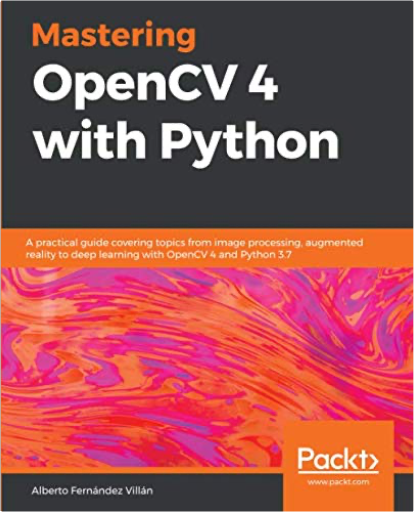
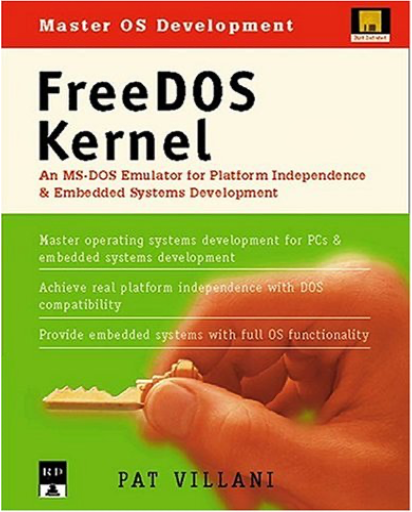
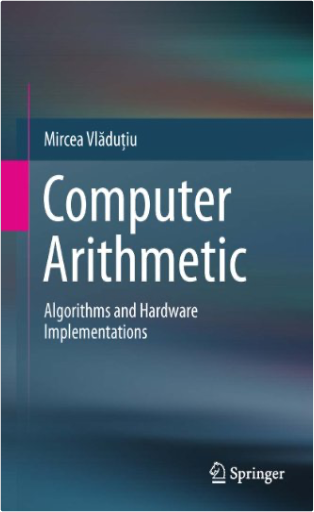
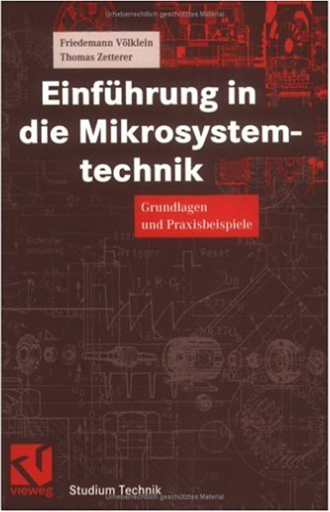
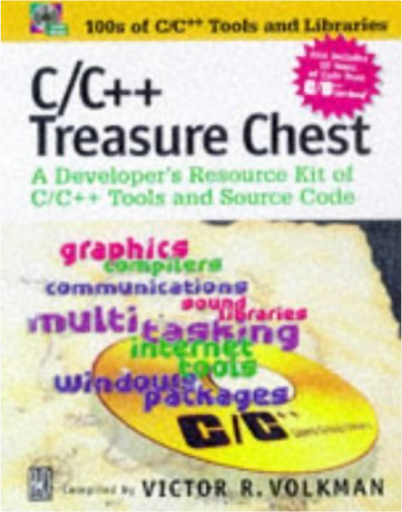
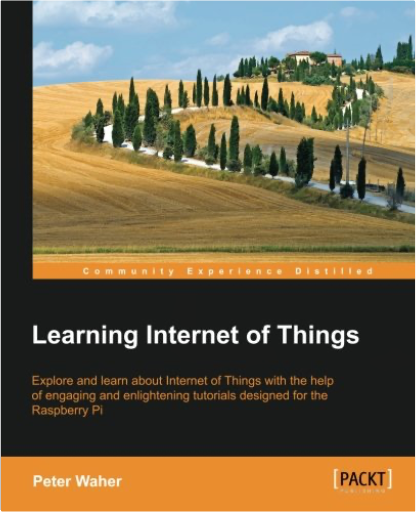
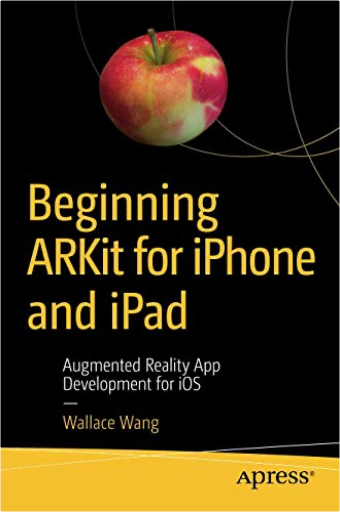
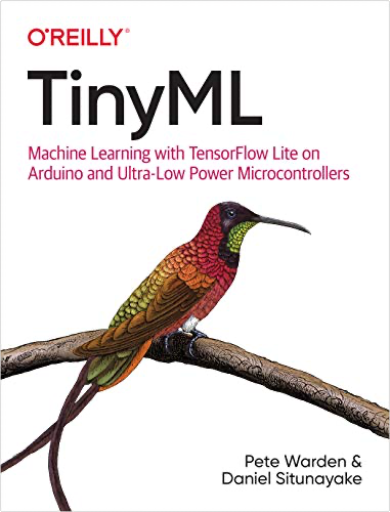
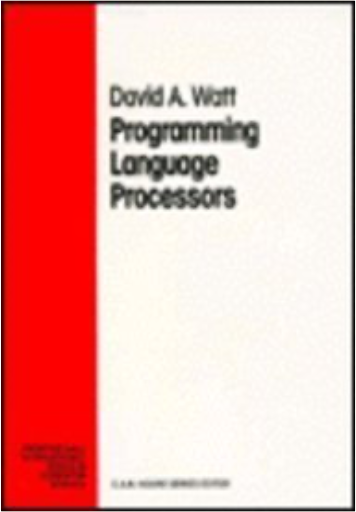


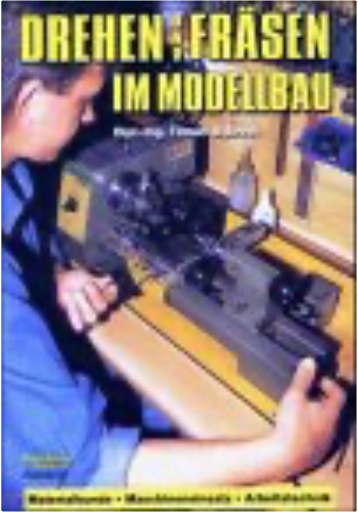
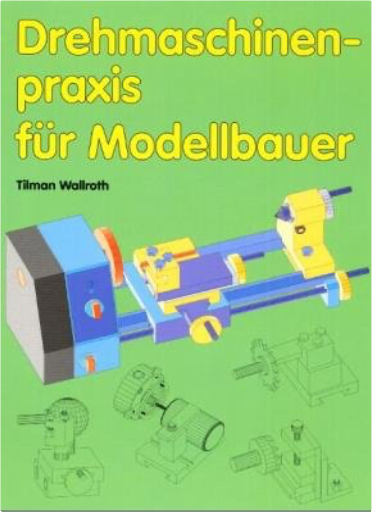
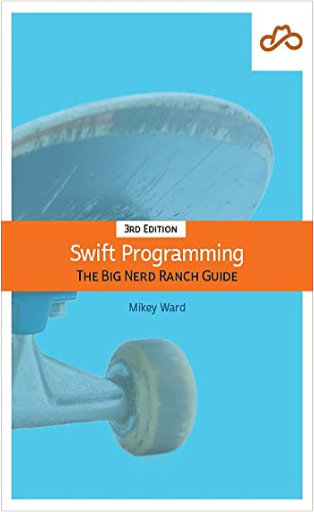
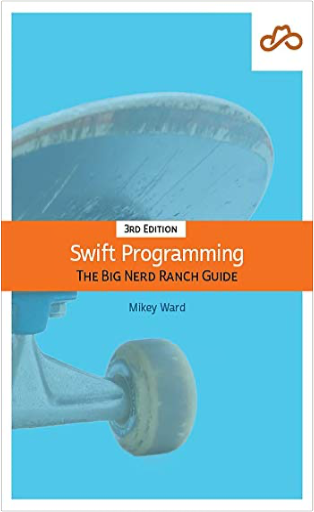
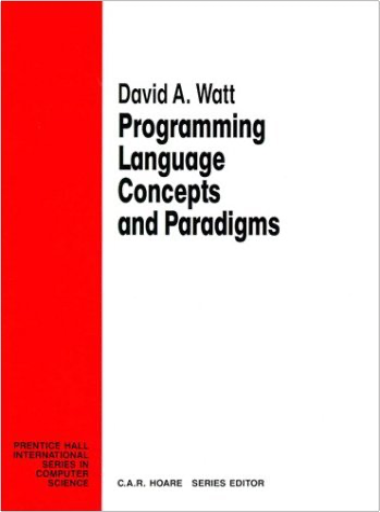
 Made with Delicious Library
Made with Delicious Library